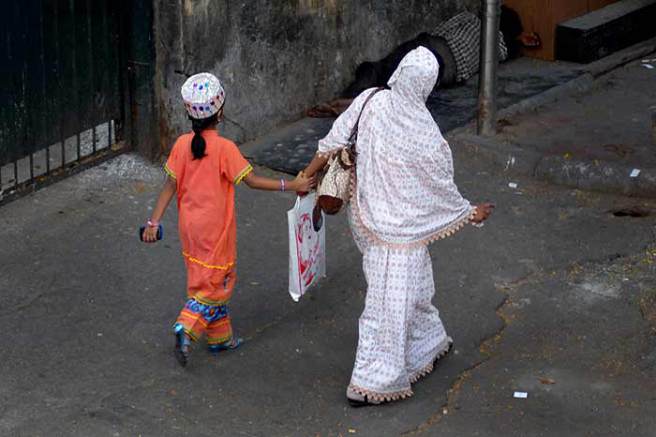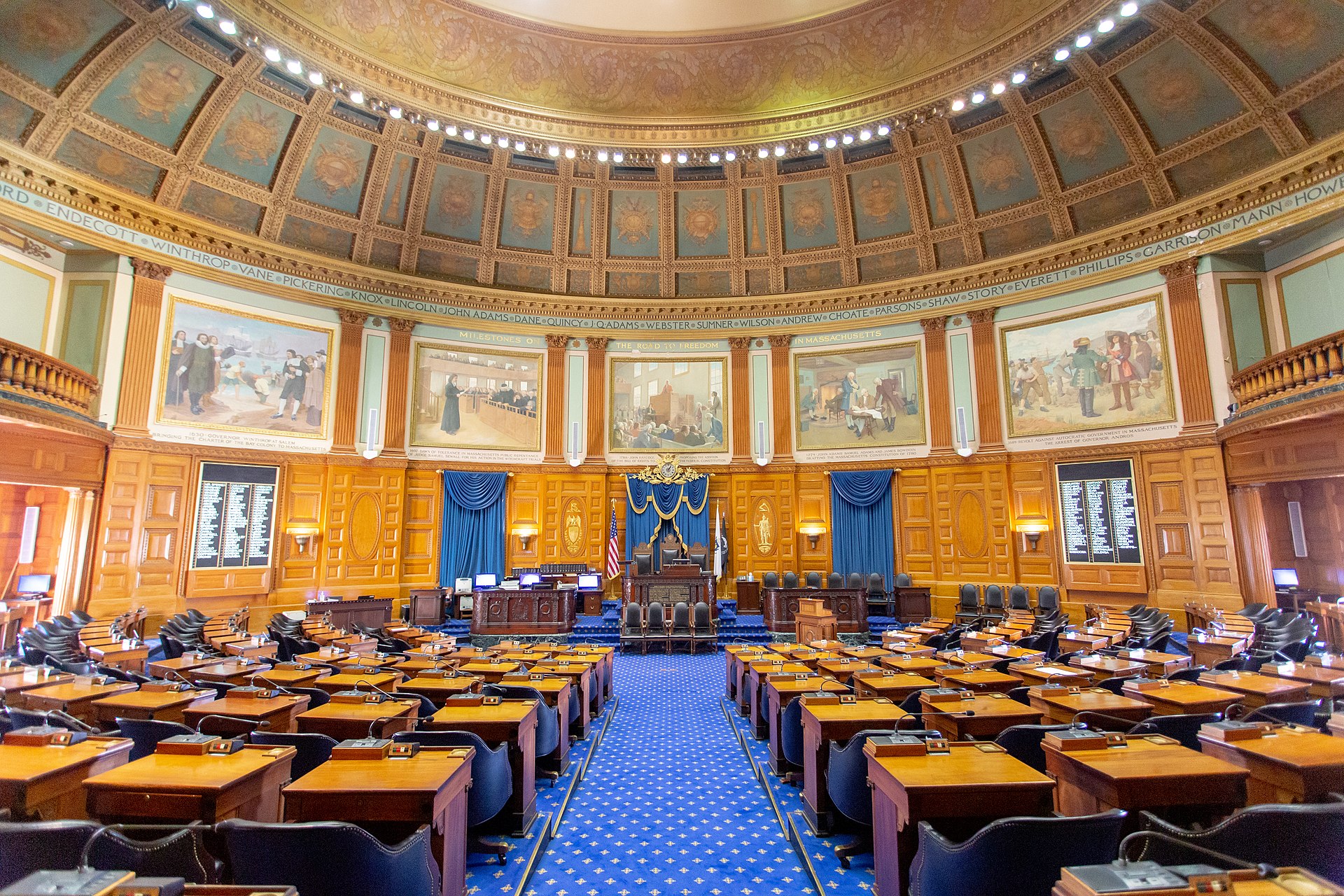By Anjali Shah
“Girls are not property. They have the right to determine their destiny.” – Anthony Lake, Former Executive Director, UNICEF
Religious dogmas have gained focus with women coming forward to challenge the subversion and repression that they have been subjected to for decades. This has brought into the limelight the practice of female genital mutilation (FGM), which thrives in the shadows of our society with little recognition. It is the fear of social exclusion that has prevented women from lifting the veil of secrecy, resulting in more girls being victimized.
Some women of the Bohra Muslim community, where FGM is widely practiced, have justified FGM to be their religious and cultural right. However, a practice that demands such standards of purity from girls and women so as to remove a part of their body to curb their sexuality raises important questions pertaining to their right to live with dignity, equality, bodily integrity, and also their right to freedom from inhumane treatment.
It may be argued that FGM can be practised under Article 25 of the Constitution of India that guarantees the right to religious freedom. However, this is not an unfettered right but is subject to the constitutional restraints of public order, health and morality. The content of morality is founded on the four precepts emerging from the preamble, i.e., justice, liberty, equality and fraternity, which assures dignity for human life. The test of constitutional morality is to bow to these norms. FGM is a practise that reduces a girl child to chattel. It makes her right to live with dignity conditional upon actions beyond her control. Moreover, it is a practise which can cause life-long impairment, including difficulties with urination, kidney damage, infertility and psychological problems. Thus, taking into account the consequences of FGM on the life and well-being of a girl, FGM may not justify itself to be a practice validated on the basis of any religious tenet.
While some people categorise FGM as discrimination against women, it is often the women of the community who are the perpetrators of this practice. It thus boils down to FGM being a facet of religion governed by individual belief. Autonomy is the premise for religious freedom and only stands legitimised when applied to one’s own choice to undergo FGM. It cannot be used as a blanket protection to permit actions, which can be categorised as a crime causing grievous hurt under the criminal statutes of the country. The Supreme Court of India has observed that depriving freedom to choose on the basis of faith is impermissible. Given that FGM is largely carried out on girls, who have little or no knowledge of the atrocity they are being subjected to, this results in an implicit denial or deprivation of the freedom to make a choice to undergo cutting. This appears to be in direct violation of Article 21 of the Constitution of India.
The focus on elimination of FGM by international organizations has driven several countries to enforce laws against FGM. Sadly, in India, neither the political leaders nor the judiciary is playing its part to ban FGM. The Public Interest Litigation filed in 2017 before the Supreme Court of India to enact an anti-FGM law is still pending after being referred to a larger bench. Additionally, the Minister for Women and Child Development in 2017, who once sought a ban on FGM, later released a statement to say that there is no data in existence of FGM in India.
From the surveys conducted on FGM in India, it is apparent that girls and women are willing to raise their voices against FGM, but are prevented many times from doing so due to the fear of expulsion from the community. To ensure effective support, a specific anti-FGM legislation is of utmost significance. Such a law may play an important role to instill fear in the minds of the people who allow FGM or are indifferent towards it. It may serve as a tool for community members to combat societal pressure in regard to FGM. An anti-FGM law may reinforce confidence among the girls and women to report cases of FGM. It may also help to put in place a mechanism for mandatory reporting of cases and also adequate protection measures. A strong political will is the key to end the practice of FGM in India. It is only when the political leaders are sensitised about the consequences of FGM to women and girls, that there may be a positive change towards enacting an anti-FGM legislation. The next key element will be the capacity building of lawyers, judges, police personnel, and social workers, who will be the driving force to identify and prevent cases of FGM in the country by systematic enforcement of laws and policies.
However, one needs to be mindful that while a law may serve as adeterrent, the perpetrators are almost always mothers, grandmothers and other family members. Thus, the fight towards abolition of FGM requires a sensitised and a holistic approach. This includes awareness programmes that stress on the issue of FGM, framing comprehensive policies and guidelines and also education about the consequences of FGM to overcome religious barriers and give importance to human life.
Finally, societal change also requires a strong opposition from the men in their roles as fathers, community leaders and husbands who many times in the past have had a passive role in encouraging FGM. If they were to make the decision to abandon the practice, it would have widespread impact and help shift the mindset around FGM, thus aid to abolish the practice.
There is a need for a change in the way people think and perceive others and their rights. This change will allow breaking the barriers of the age-old customs and traditions that allow subjugation of women, and will aid in protecting the girl child.








